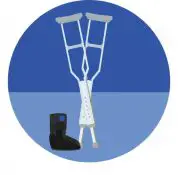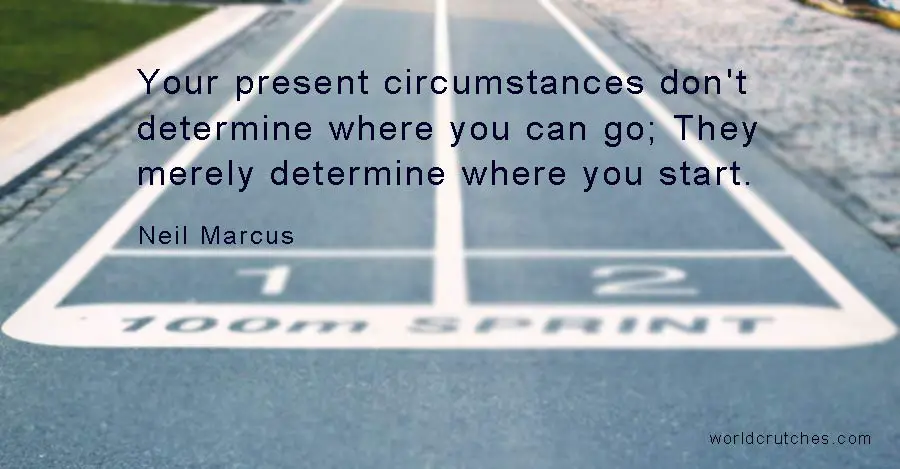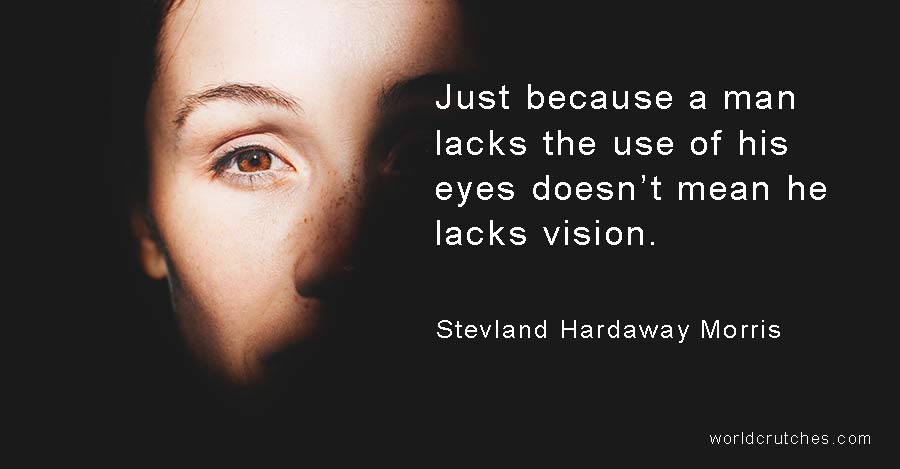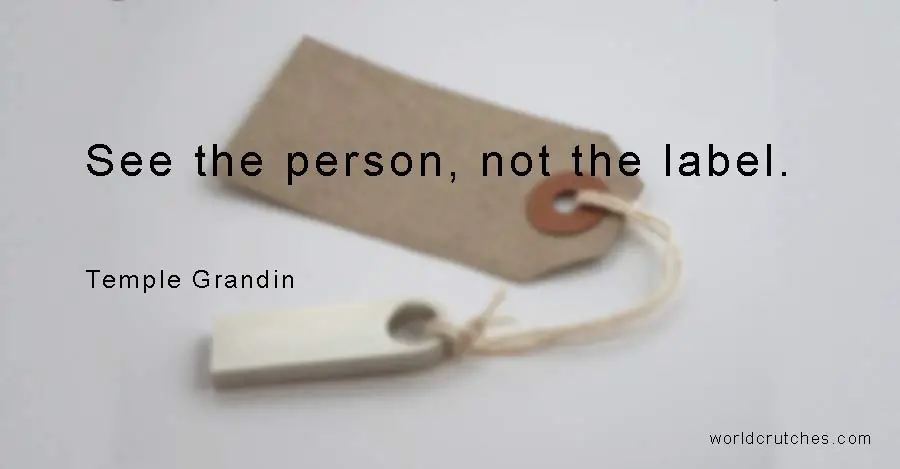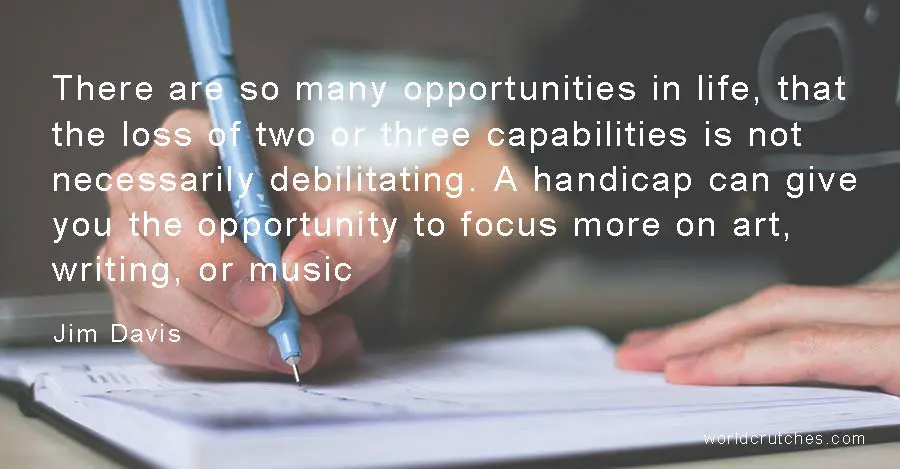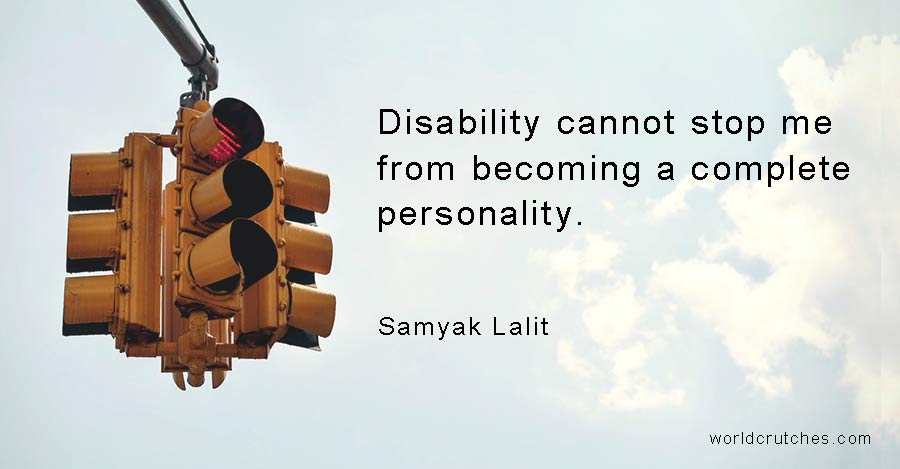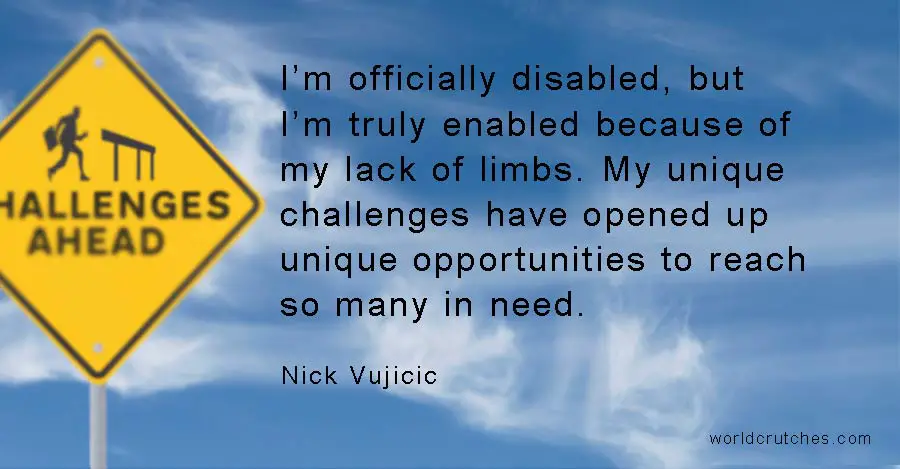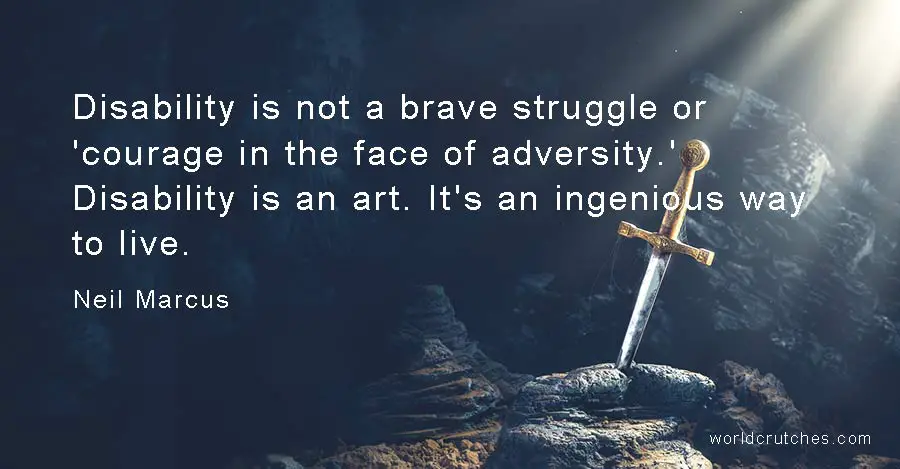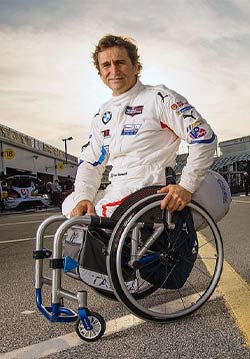Common Crutch Walking Mistakes and How to Avoid Them
Using crutches can speed up recovery, but incorrect usage often leads to injuries. Did you know 41% of crutch-related injuries are due to improper techniques? Here’s what you need to know:
- Set the Right Crutch Height: Keep a 1.5-2 inch gap under your armpits and adjust handgrips to wrist level for proper elbow bending (20-30°).
- Maintain Good Posture: Stand upright, engage your core, and avoid leaning on the crutches to prevent nerve damage and shoulder strain.
- Distribute Weight Correctly: Shift 80% of your weight onto your hands, not your armpits, for better balance and reduced strain.
- Navigate Stairs Safely: Use the "up with the good leg, down with the bad leg" rule, and always keep three points of contact.
These small adjustments can prevent pain, nerve damage, and falls, ensuring a faster and safer recovery. Let’s dive into the details.
Common Mistakes When Using Crutches and Their Solutions
Setting the Right Crutch Height
Getting the height of your crutches right is crucial for avoiding discomfort and potential injuries. Here’s how to ensure you’re on the right track.
Signs Your Crutches Are the Wrong Height
Keep an eye out for these red flags that your crutches might need adjustment:
- Physical Discomfort: If you feel pressure, rashes, or irritation under your arms, your crutches are likely too tall [4].
- Joint Strain: Bent wrists or shoulder tension often mean the handgrips aren’t positioned correctly [7].
- Posture Issues: Struggling to stand upright may indicate improper crutch height [1].
If you experience persistent numbness or tingling in your arms, seek medical attention immediately.
How to Adjust Crutch Height
To set your crutches to the right height, focus on these two key areas:
- Top Padding Position: When standing straight, there should be a gap of about two fingers (around 1.5 inches) between your armpit and the crutch pad [4]. This helps avoid nerve compression and ensures stability.
- Handgrip Placement: Adjust the handgrips so they’re at wrist level, allowing your elbows to bend at about 20-30 degrees [7][1].
Correct vs. Incorrect Height Setup
Knowing the difference between a proper and improper setup can help you avoid common mistakes. Here’s a quick comparison:
| Measurement Point | Correct Setup | Incorrect Setup | Impact |
|---|---|---|---|
| Armpit Gap | 1.5-2 inches space | Direct contact | Increased risk of nerve damage by 40% [4] |
| Elbow Angle | 20-30° bend | Straight arms | Shoulder strain, less stability [3] |
| Base Position | 6 inches ahead of toes | Aligned with toes | Higher fall risk by 50% [1] |
| Grip Height | At wrist level | Above or below wrist | Wrist strain, uneven weight distribution [7] |
Reassess crutch height if you change footwear, notice discomfort, experience posture shifts, or gain or lose more than 5 pounds [7][4]. For children, adjustments may be needed weekly. Using a wall mirror during setup can help confirm proper alignment.
Maintaining Good Posture
Using crutches with poor posture can slow down recovery and even cause additional injuries. Studies show that incorrect posture increases shoulder strain by 40% and reduces overall stability by 30% [3][1]. Ensuring your crutches are set to the correct height (as discussed earlier) is a key first step toward maintaining proper posture.
Common Posture Mistakes to Watch For
A 2019 study involving 120 post-surgery patients revealed that proper posture training reduced fatigue by 30% and shoulder pain by 25%. This aligns with the energy-saving benefits previously mentioned.
| Posture Issue | Impact |
|---|---|
| Hunched Back | Compresses thoracic vertebrae, shifts 65% of body weight to arms |
| Forward Head Position | Throws off balance and coordination |
| Extended Elbows | Adds unnecessary joint compression |
| Shoulder Slouching | Disrupts even weight distribution |
Tips for Correct Body Alignment
To maintain good alignment, focus on these essential posture techniques recommended by physical therapists:
Head and Neck Position
Keep your gaze 10-15 feet ahead while walking, with your chin parallel to the ground [2]. This helps improve balance and reduces neck strain.
Engage Your Core
Before moving, tighten your core muscles to stabilize your spine. Regularly check your posture by standing against a wall [2][5]. This ensures your spine stays in a neutral position during movement.
Upper Body Mechanics
Relax your shoulders and keep them directly above your hips to avoid muscle fatigue. Your arms should stay close to your body, with elbows bent at 15-30 degrees when standing [1][4].
"Research shows uncorrected posture leads to shoulder impingement in 85% of users within 5 days."
To support proper posture, include these exercises in your routine:
- Perform shoulder blade squeezes every hour.
- Do wall angels every two hours.
- Practice controlled weight transfers while standing [1][5].
Balancing Body Weight
Good posture sets the stage, but distributing your weight properly is what keeps you moving without unnecessary stress. Proper weight distribution can cut the risk of injuries and mobility issues by 65% [3]. Catching poor technique early is critical – 68% of new users report upper limb pain within the first two weeks [3].
Weight Distribution Problems
Spotting signs of uneven weight distribution early can help you avoid serious issues. Here are some common problem areas and their warning signs:
| Problem Area | Warning Signs | Risk Level |
|---|---|---|
| Hands/Wrists | Pain or numbness lasting over 30 minutes | High – 48% risk of nerve damage |
| Armpits | Red marks or tingling sensations | Severe |
| Shoulders | Muscle fatigue or sharp pain | Moderate – 22% require medical attention |
| Core/Back | Forward leaning or poor balance | High – Interferes with healing progress |
Correct Weight Support Methods
Once your posture is aligned, focus on managing your weight distribution effectively.
The ideal balance involves putting 80% of your weight on your hands and 20% on your uninjured leg [2]. This minimizes strain and helps maintain stability.
- Hand Position and Grip: Keep your hands firmly on the grips, but avoid squeezing too tightly. Over-gripping can increase wrist strain by 40% [4]. A relaxed grip allows for natural movement while keeping you steady.
-
Weight Transfer Technique: When moving, ensure you:
- Push down with your palms, not your armpits.
- Keep your injured leg elevated during the swing-through phase [1].
- Self-Assessment: Use bathroom scales to check your weight distribution. Aim for even pressure on both crutches to stay aligned with energy-saving principles discussed earlier.
To maintain proper form, add simple exercises to your routine:
- Wall push-ups (3 sets of 15)
- Single-leg balances (30 seconds per side)
- Daily grip-strength exercises
These practices will help you stay balanced and reduce the risk of strain or injury.
sbb-itb-bbf8bc0
Using Stairs Safely
Once you’ve got the hang of posture and weight distribution, it’s time to tackle stairs – one of the trickiest challenges when using crutches. Navigating stairs safely is crucial, as 37% of crutch-related accidents happen here [4].
Stair Navigation Basics
- Going Up: Step up with your strong leg first, followed by your crutches.
- Going Down: Lead with your injured leg and crutches, then bring your strong leg down.
- Always: Keep three points of contact for stability.
| Direction | Lead With | Support Method | Risk Level |
|---|---|---|---|
| Ascending | Uninjured leg | Push through crutches | Moderate |
| Descending | Injured leg/crutches | Use handrail for control | High |
| Flat landings | Either side | Equal weight distribution | Low |
Using Handrails
Handrails can significantly reduce the risk of falls by ensuring you maintain three points of contact [4]. Here’s how to use them effectively:
- Single-Rail Method: Hold both crutches under the arm opposite the handrail. This setup offers better balance and keeps your injured leg protected.
- Crutch Placement: Keep crutch tips at least 6 inches away from stair edges to avoid slipping. Rubber-tipped crutches are especially useful, offering up to four times better grip on wet surfaces [4].
Step-by-Step Stair Guide
Ascending Stairs:
- Stand close to the step’s edge for better leverage.
- Step up with your uninjured leg first.
- Once steady, bring your injured leg and crutches up [1].
Descending Stairs:
- Place your crutches on the lower step before moving.
- Keep your injured leg raised as you lower your strong leg.
- Use the handrail to maintain control and slow your descent [4].
"For steep or slippery stairs, seated scooting while holding crutches sideways is recommended as the safest alternative method" [4][5].
Additional Tips for Safety
- Address hazards like wet or poorly lit stairs by sticking to core safety practices.
- Add reflective tape to the base of your crutches for better visibility in low-light conditions.
- In crowded spaces, wait for the stairs to clear or ask for assistance [4].
Expert Tips and Solutions
Solving Common Problems
Once you’ve mastered stair navigation, fine-tune your technique by addressing these common challenges with expert-backed solutions.
Wrist Strain Relief
Use foam-padded grips and take hourly wrist stretch breaks to ease tension [6].
Avoiding Nerve Damage
"Leaning on crutch tops can cause nerve damage within 15 minutes of continuous use [4][3]"
Managing Fatigue
To reduce shoulder strain, alternate between the "step-to" and "swing-through" gaits every 15 minutes [6]. This approach builds on proper weight distribution techniques (see Section 4), ensuring better strain management and stability.
| Problem Area | Warning Signs | Immediate Solution |
|---|---|---|
| Wrists | Tingling/numbness | Shift weight to palms |
| Shoulders | Muscle fatigue | Change gait, do shoulder rolls |
| Underarms | Skin redness | Use the "elbow lock" technique |
| Balance | Unsteady movement | Practice controlled movements |
Safety Checklist
Follow these essential safety checks to ensure smooth and secure mobility:
Inspect Equipment
- Check rubber tips for cracks or worn areas [5].
Stay Aware of Your Environment
Most accidents occur due to:
Reduce risks by:
- Ensuring good lighting in walking areas
- Removing or securing loose rugs
- Keeping pathways clear at least 3 feet ahead [4][6]
Choose the Right Clothing
- Wear fitted clothing to avoid snagging on crutches [4].
- Select shoes with firm soles and heels under 1 inch [8][5].
- Use cross-body bags instead of backpacks [4].
If you notice any of the following issues, seek professional adjustments immediately:
- Numbness in hands or arms during use [4]
- Trouble staying upright after 10 steps [3]
- Redness under arms after less than 15 minutes of use [8]
Summary
Main Points
Using crutches safely and effectively requires following the right techniques. By focusing on proper height adjustments, posture, and weight distribution, you can minimize risks and improve your mobility.
Height and Posture Tips: Ensure there’s about 1.5-2 inches of space between your armpits and the crutch pads, with your elbows bent at a 20-30° angle [4][1]. Keep your body upright by aligning your ears with your shoulders and engaging your core muscles to avoid slouching [3][6].
Weight Distribution Basics: During movement, shift 80% of your weight through your arms instead of the injured leg [3]. For partial weight-bearing, try the "step-to" gait pattern, keeping about 50% of your weight on the injured leg [1][9].
More Help and Information
World Crutches offers video tutorials and exercise guides to help users refine their crutch techniques [1][6]. Their materials include demonstrations approved by physical therapists, as well as exercises designed to enhance your skills.
Other helpful resources include:
- Demonstrations for advanced techniques
- Customizable accessories like padded grips and winter tips [1]
- Rehabilitation exercises guided by experts [6]
FAQs
What are 3 common mistakes people make using crutches?
Research highlights three frequent errors that can lead to discomfort or injury:
- Incorrect Height Adjustment: Crutches set too high or too low can press into the armpits or force the arms to remain straight, increasing the risk of nerve damage and instability.
- Poor Weight Distribution: Putting weight on the armpits instead of the hands can strain the shoulders. Studies indicate this improper technique not only causes fatigue but also raises the chance of injury [2][3].
- Unsafe Stair Navigation: Not following the "up with the good leg, down with the bad leg" approach while using handrails can make stair climbing dangerous [2][5].
Paying close attention to proper height settings, weight distribution, and safe stair techniques can help prevent these common mistakes.
